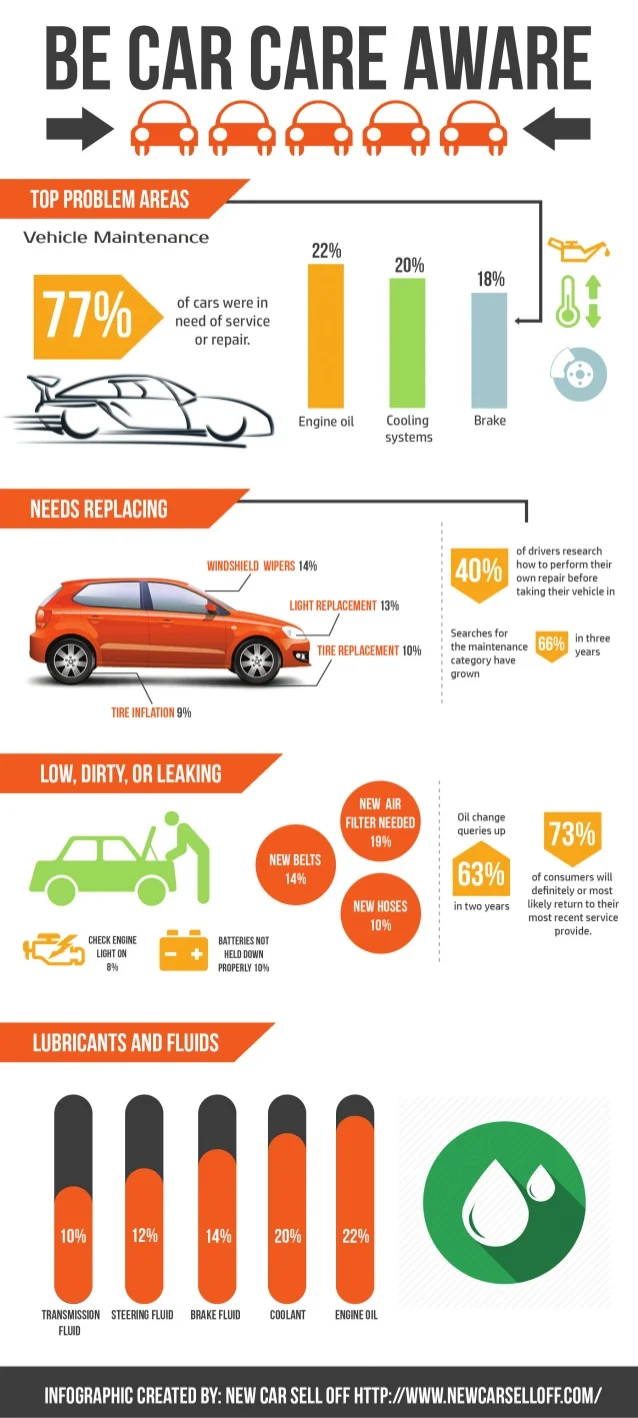Interpreting Your Vehicle'S Alert Lights: Their True Implications
Interpreting Your Vehicle'S Alert Lights: Their True Implications
Blog Article
Article Author-Boye Winters
When you're behind the wheel, those beautiful warning lights on your dashboard can be a bit puzzling. Do you know what they're trying to tell you concerning your auto's health? Understanding the importance of these lights is essential for your safety and security and the longevity of your car. So, the next time one of those lights turns up, wouldn't you wish to decipher its message precisely and take the needed actions to resolve it?
Common Warning Lighting and Interpretations
Determine usual caution lights in your car and understand their meanings to guarantee secure driving.
One of the most typical warning lights include the check engine light, which signifies problems with the engine or exhausts system. If this light begins, it's vital to have your automobile examined quickly.
The oil pressure alerting light suggests low oil pressure, requiring immediate attention to avoid engine damages.
A flashing battery light might suggest a faulty charging system, possibly leaving you stranded if not attended to.
The tire pressure tracking system (TPMS) light informs you to low tire stress, influencing car stability and gas effectiveness. Disregarding this can cause dangerous driving conditions.
The abdominal light indicates an issue with the anti-lock braking system, compromising your capability to stop quickly in emergency situations.
Last but not least, the coolant temperature warning light warns of engine getting too hot, which can lead to extreme damage otherwise resolved swiftly.
Recognizing these typical caution lights will certainly help you attend to problems quickly and maintain secure driving problems.
Significance of Prompt Attention
Understanding the common caution lights in your cars and truck is only the primary step; the significance of promptly dealing with these warnings can't be stressed sufficient to guarantee your safety when driving.
When a caution light illuminates on your control panel, it's your auto's means of communicating a potential concern that requires interest. Disregarding these cautions can result in extra extreme troubles later on, jeopardizing your safety and security and possibly costing you a lot more out of commission.
Trigger attention to alerting lights can avoid failures and crashes. For example, a flashing check engine light might indicate a misfire that, if left ignored, can create damage to the catalytic converter. Addressing this immediately can conserve you from a costly repair work.
Likewise, a brake system cautioning light might signify reduced brake liquid or used brake pads, important parts for your security when driving.
Do It Yourself Troubleshooting Tips
If you discover a warning light on your control panel, there are a few do it yourself repairing suggestions you can try prior to looking for professional help.
The initial step is to consult your automobile's handbook to comprehend what the certain warning light suggests. Often the issue can be as straightforward as a loose gas cap activating the check engine light. Tightening up the gas cap might resolve the issue.
Another common issue is a reduced battery, which can trigger various advising lights. Checking the battery connections for rust and guaranteeing they're secure could take care of the issue.
If a warning light lingers, you can attempt resetting it by separating the car's battery for a few mins and after that reconnecting it. In Continue Reading , examining your lorry's liquid levels, such as oil, coolant, and brake liquid, can help fix alerting lights connected to these systems.
https://brakesnearme74951.blog2news.com/31795164/exists-any-type-of-doubt-on-your-component-regarding-the-effect-of-automobile-detailing-on-your-car-s-resale-value , comprehending your car's caution lights is vital for maintaining your vehicle running efficiently and securely. By promptly dealing with these signals and knowing what they indicate, you can stay clear of expensive repair services and potential failures.
Remember to consult your auto's guidebook for certain information on each cautioning light and take action accordingly to make sure a hassle-free driving experience.
Remain informed, remain safe when traveling!
